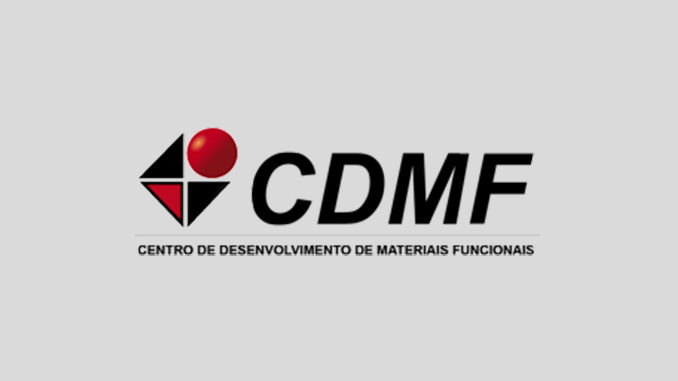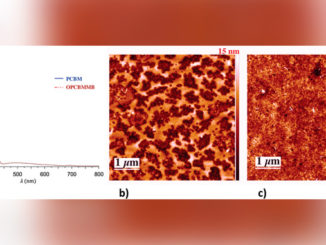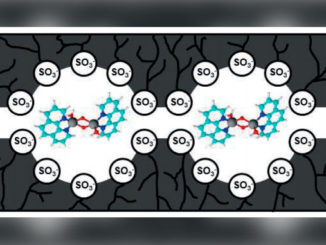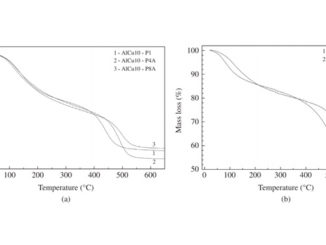
Writers: A. Batagin-Neto; E. F. Oliveira; C. F.O. Graeff; & F. C. Lavarda
Keywords: MEH-PPV; P3HT; electronic structure calculation; modelling branched polymers
Abstract: Modelling polymers with side chains is always a challenge once the degrees of freedom are very high. In this study, we present a successful methodology to model poly[2-methoxy-5-(2′-ethyl-hexyloxy)-p-phenylenevinylene] (MEH-PPV) and poly[3-hexylthiophene] (P3HT) in solutions, taking into account the influence of side chains on the polymer conformation. Molecular dynamics and semi-empirical quantum mechanical methods were used for structure optimisation and evaluation of optical properties. The methodology allows to describe structural and optical characteristics of the polymers in a satisfactory way, as well as to evaluate some usual simplifications adopted for modelling these systems. Effective conjugation lengths of 8-14.6 and 21 monomers were obtained for MEH-PPV and P3HT, respectively, in accordance with experimental findings. In addition, anti/syn conformations of these polymers could be predicted based on intrinsic interactions of the lateral branches.
DOI: 10.1080/08927022.2012.724174




